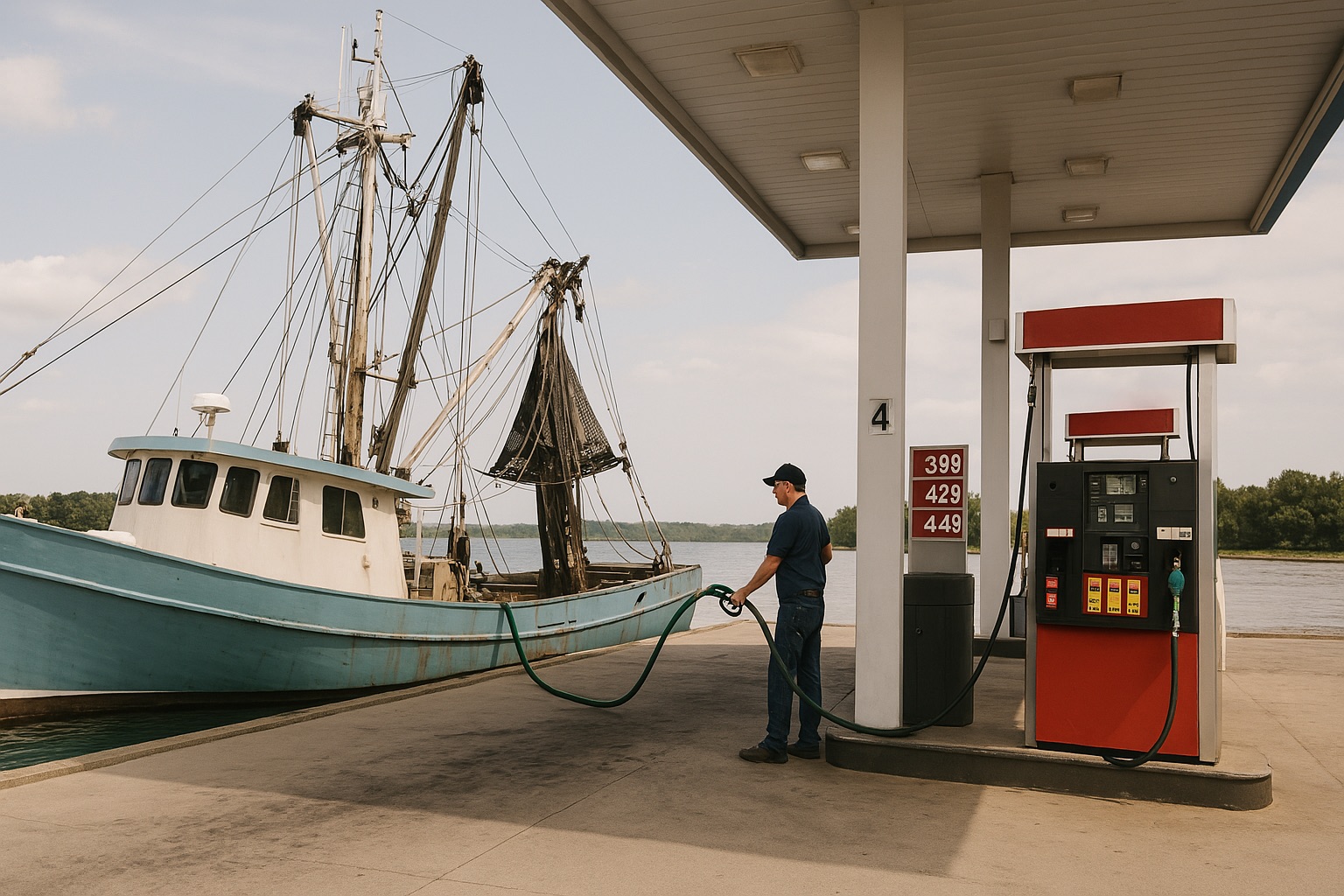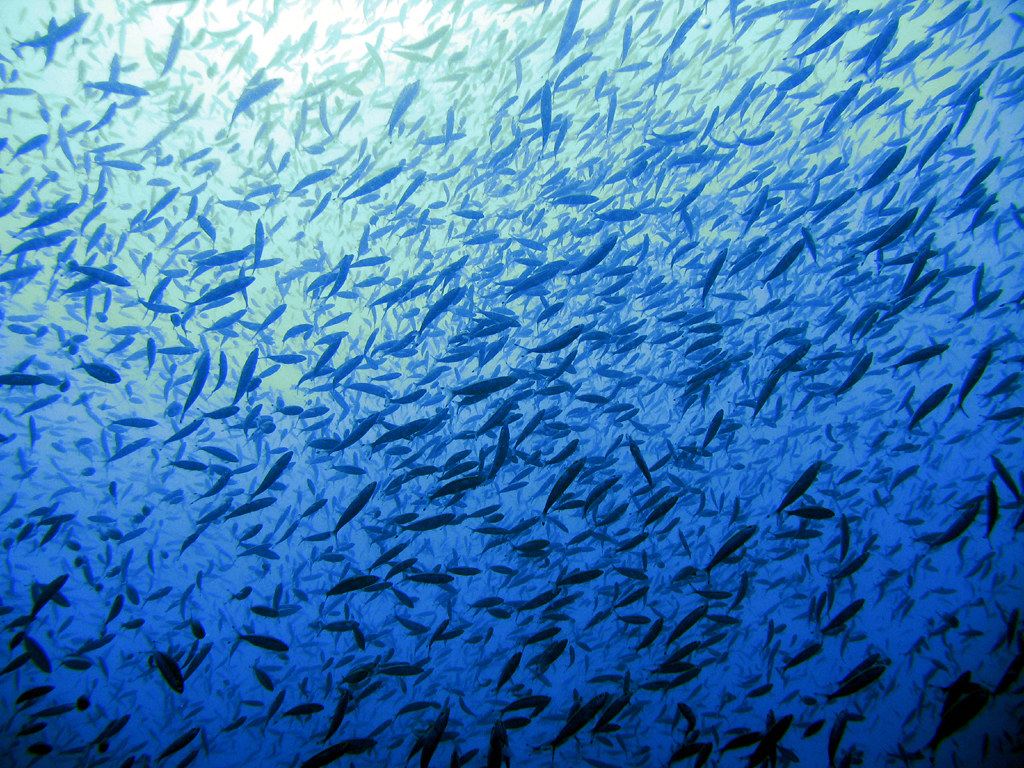[image: The clearly visible green phytoplankton bloom during the 2018 Kilauea eruption, published on Gizmodo.com – Image: (USGS Coastguard)] In
Introduction: The Question of Harmful Algal Blooms (HABs) As Ocean Iron Fertilization (OIF) gains attention as a climate restoration strategy,
Introduction: Fishing, Fuel, and Climate The global fishing industry is an essential provider of food and livelihoods—but it’s also a
Introduction: Connecting Ocean Productivity to Protein Affordability In our previous discussion on climate restoration and hunger, we explored how Ocean
The Urgency of Net Zero As the world grapples with rising temperatures and worsening climate impacts, the goal of reaching
A Climate Solution That Drives Global Progress As the world searches for effective climate solutions, Ocean Iron Fertilization (OIF) emerges
From Climate Restoration to Economic Growth While Ocean Iron Fertilization (OIF) is primarily seen as a climate restoration tool, its
The Connection Between Climate and Food Security Hunger remains one of the most pressing global challenges, and organizations like The










